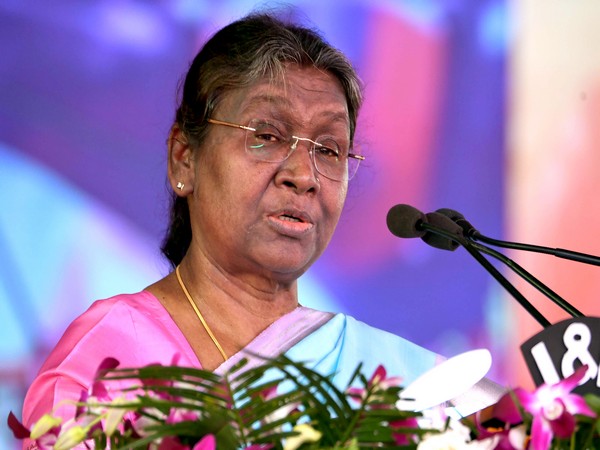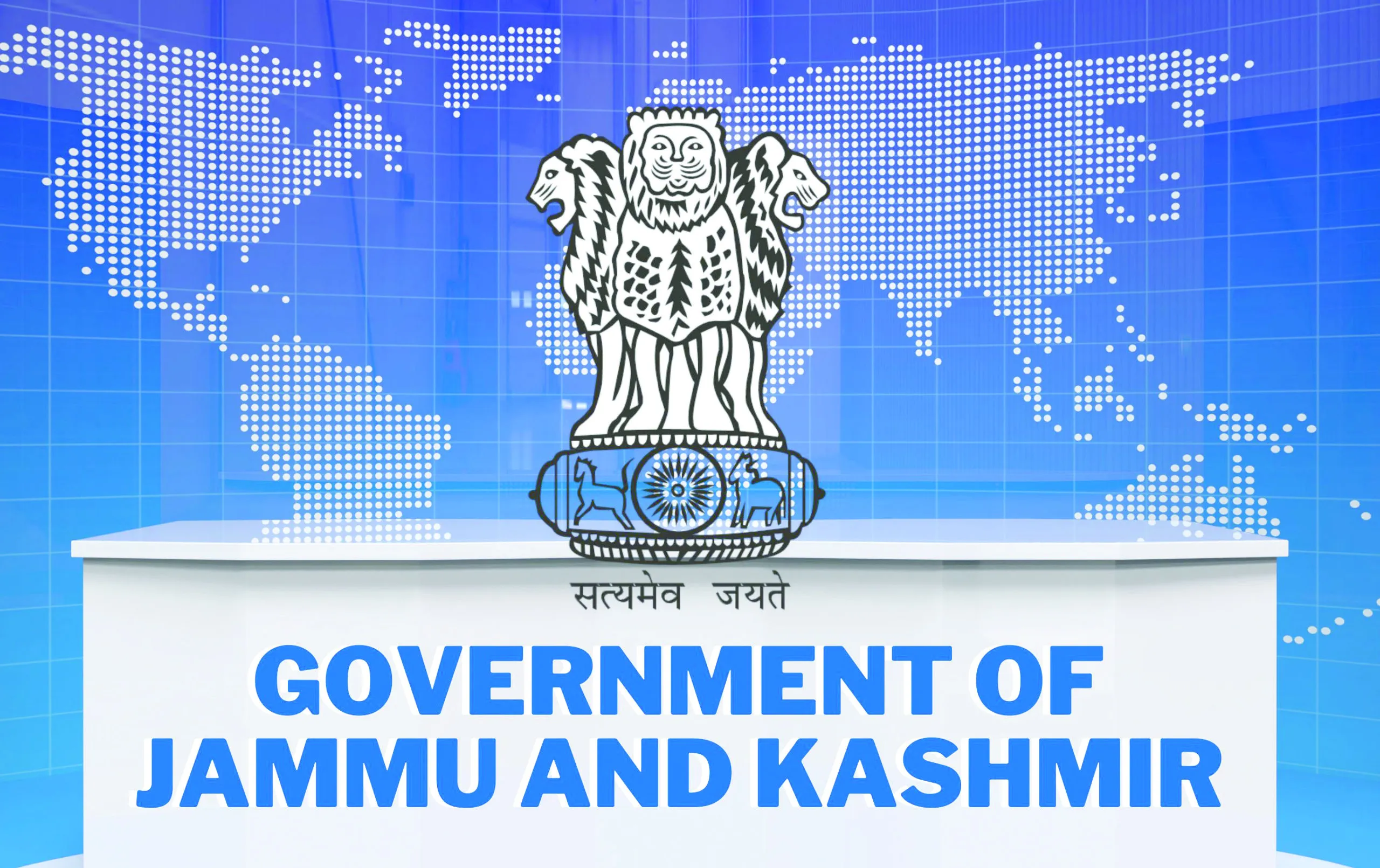New Delhi: India’s GDP is likely to range between a decline of 0.9 per cent and a growth of 1.5 per cent in the current financial year, with the economy undergoing a “turbulent” phase caused by the coronavirus-induced lockdown, according to a report.
The Confederation of Indian Industry (CII) in a paper – A plan for economic recovery – has laid out its growth expectation under three os and suggested “urgent” fiscal interventions.
This will lead to disruption in supply chains, slow pick-up in investment activity, labour shortages in the short-run and muted consumption demand on account of reduced household incomes, the industry body said.
In the optimistic scenario, which envisages a faster pick-up post the lockdown period, the GDP is forecast to register a growth of 1.5 per cent in the best case.
In case of a more prolonged outbreak, where the restrictions in existing hot-spot regions get extended, while new regions are identified as hot-spots’ leading to intermittent stop and start in economic activity, GDP is likely to decline by -0.9 per cent.
The urgent fiscal interventions, as suggested by CII should include cash transfers amounting to Rs 2 lakh crore to JAM account holders, in addition to the Rs 1.7 lakh stimulus already announced. CII has also suggested additional working capital limits to be provided by banks, equivalent to April-June wage bill of the borrowers, backed by a government guarantee, at 4-5 per cent interest.
In addition, the CII paper has suggested the creation of a fund or SPV with a corpus of Rs 1.5 lakh crore which will subscribe to NCDs/Bonds of corporates rated A and above.
The fund can be seeded by the government contributing a corpus of Rs 10,000-20,000 crore, with further investments from banks and financial institutions such as LIC, PFC, EPF, NIIF, IIFCL et al. This will limit Government exposure while providing adequate liquidity to industry.
For MSMEs, CII has suggested a credit protection scheme whereby 75-80 per cent of the loan should be guaranteed by RBI, i.e. if the borrower defaults, RBI should buy the loan and repay the bank upto 75-80 per cent of the loan, so the risk to the lender is limited. SIDBI could provide the guarantee for loans to industry and trade while NABARD could provide the guarantee for loans to agro-processing sectors.
There is no doubt that the economy is going through turbulent times, and India will have to spend, for navigating its way out of the current crisis. At this stage, the government must do whatever it takes to tide over the crisis,” CII Director General Chandrajit Banerjee said.
Given the extent of the damage to the economy from the disruption to business, the GDP growth in FY21 will likely be the lowest in many decades,” he added.
According to him, without an increase in government spending in the near-term to drive an economic recovery, government revenue will dwindle, and high deficits will continue to be a problem in future.
Any significant revival in investment activity is unlikely as capacity utilization levels may remain suboptimal. Consumption demand is likely to remain lacklustre as people’s incomes have been impacted, CII said.
On the external front, as economies across the globe continue to struggle with the pandemic, global trade may decline by 13 to 32 per cent in 2020, as estimated by the World Trade Organisation. Given the situation, government intervention becomes critical not only to sustain the economy but also to prevent any humanitarian crisis, observed Banerjee.







